In February 2019, Reddit outlawed the “lolicon” and “shotacon” styles of Japanese manga art, by way of a complete ban on sexually suggestive artistic images of anyone “who appears to be a minor.” Since then, other putative free speech platforms have followed suit, including GAB (known for its alt-right leanings), and most recently 8kun, the rebirth of 8chan (which gained unfortunate notoriety last year as the message board of choice for mass shooters).
What’s most interesting in the case of 8kun is that it provided some detail of why it has adopted this stance. Unlike Reddit and GAB, its decision was made for legal rather than for moral reasons. 8kun’s main moderation policy is that “Any content that violates the laws of the United States of America will be deleted and the poster will be banned,” and the opinion of 8kun’s lawyer, applying a Virginia District Court case, was that two-dimensional lolicon-style art is at risk of being found illegal for obscenity.
Child pornography and obscenity
This much is true enough; we’ve already addressed this in a previous article, in which we reported on a case where even crude hand-drawn sketches by a prisoner were declared criminally obscene. To recap our summary, obscenity isn’t the same as child pornography (the current legal term for illegal sexual images of minors). The Supreme Court has always insisted that child pornography is limited to sexual depictions of real children, because the government’s power to criminalize possession of such images, regardless of their artistic merit, is only justified by its compelling interest in preventing real children from being sexually abused.
This important justification of course doesn’t exist in the case of works depicting fictional minors, which is why it is unconstitutional to ban such fictional works unless they satisfy the additional criteria of obscenity established in the case of Miller v California, which include that the works must lack serious literary, artistic, political, or scientific value, and must be patently offensive according to community standards as assessed by a jury. This is a separate class of illegal content.
The Child Online Protection Act of 1998 was an attempt to blur that distinction and to transform the definition of child pornography into one that encompassed obscene art of minors also. This failed when it was ruled unconstitutional in the case of Ashcroft v Free Speech Coalition. The government’s attempt to limit the effect of that ruling, the PROTECT Act of 2000, was also ruled unconstitutional in part (and scholars doubt the constitutionality of the balance).
But the effect of what remains of the PROTECT Act is that obscene art can be treated in much the same way as child pornography under federal law if it would be illegal to depict a real child in that way, and if the depiction is also judged obscene; which as stated above, depends on a jury finding that it is patently offensive in their community and that it lacks serious redeeming social value.
Is lolicon art illegal or isn’t it?
Applying this standard, is lolicon and shotacon art illegal or isn’t it? Although it’s a bit of a clichéd answer for a lawyer to give, the most accurate one in this case is, “it depends.” First, much of the art that platforms like Reddit have been banning almost certainly isn’t illegal under the PROTECT Act standard. Very often, these artworks don’t appear to be representations of minors at all, and neither are they any more offensive than what you might find in a swimsuit catalogue. (An example of one such image is given in the slide gallery below.)
The reason why they are nevertheless banned is because the obscenity standard is so vague, and platforms, as always, would rather not take the risk of becoming a test case. Although platforms are insulated from liability for most content that their users post by a law known as Section 230 (the law that FOSTA and EARN IT are trying to dismantle), they aren’t protected in the case of federal crimes—and the PROTECT Act makes the distribution of obscene content depicting minors a federal crime.
As the agencies that receive reports of real child abuse images can attest, it’s hard enough determining the age of a real child with certainty from a photograph. It’s even harder when the depiction is a drawing. And the manga art style makes it harder still. Manga characters of all ages are typically depicted with childlike features such as enlarged eyes and large head-to-body ratios. Even characters with large breasts drawn in a manga style are frequently banned from platforms by moderators who are unfamiliar with the characteristics of this style.
Artistic merit
The assumption that all or even most Japanese art depicting minors in sexual situations must be obscene is also an invalid and, dare we say, perhaps a racist one that is far less likely to be applied to Western art and literature. When we petitioned the United Nations last year not to include art and fiction within an expanded international definition of “child pornography,” one of the works that other respondents brought up as an example of the artistry of such works was the award-winning Kaze to Ki no Uta (The Poem of Wind and Trees) by Keiko Takemiya, which includes the topic of child sexual abuse within a nuanced and stirring narrative.
Another work that sometimes comes up in discussions about sexual depictions of minors in Japanese literature is the acclaimed manga A Girl on the Shore, by Eisner award nominee Inio Asano. A panel from this manga is also included in the slide gallery above. There are much more graphic panels that we have chosen not to use to illustrate this story, including some which frankly depict the nudity and sexual experimentation of its two teenage protagonists. Yet it can hardly be denied that the 406 page novel has artistic merit; one reviewer even described it as “one of the single greatest explorations of modern teenage relationships in any form of literature.”
Private possession of obscene art
Another wrinkle that complicates the assertion that lolicon and shotacon art is illegal under American law is that even if some such content would be found obscene by a jury, that doesn’t authorize the government to criminalize its private possession. The PROTECT Act’s attempt to blur the distinction between child pornography and obscenity didn’t change that underlying principle as established in the case of Stanley v Georgia.
What this means is that if you have a physical copy of manga art that would be found obscene, you can’t be criminalized merely for having it in your private possession. (To be clear, this doesn’t apply to the private possession of unlawful sexual images of real minors that would be classed under federal law as child pornography—you can be criminalized for that, and rightly so.)
Having said that, the effect of the Stanley decision has been diluted, in practice, by the fact that for Internet-based content, possession of the content also almost inevitably involves its transportation across state lines. Transportation of obscene material across state lines is unlawful, so this does still carry a risk to the user, as well as the risk to the Internet platforms who facilitate its transmission.
Is there a line between 2D and 3D?
Some online communities that do allow explicit manga art disallow three-dimensional lolicon and shotacon images, even while permitting two-dimensional images. It is sometime said that this is because 2D images are legal, but 3D images are illegal—however, that’s an oversimplification.
Although the PROTECT Act was unable to extend the legal definition of child pornography to include most art, a very narrow case that it did add to that definition was to include a depiction that is “indistinguishable from an actual minor.” The Department of Justice described this as being to cover a loophole whereby advances in computer imaging technology had made it possible to create such convincing fakes that it had become “impossible to tell whether a particular image was made using a real child.”
“Shrek” style 3D renderings certainly wouldn’t meet this standard. Moreover, there are 2D renderings that are also unnervingly realistic, and might be more likely to reach the standard of obscenity than a cruder 3D rendering. As an example, in the gallery above we have included a 2D drawing from the art project GIRLS RESIDENCE, which is distributed through a Japanese Patreon-style art site. The premise of that project is to draw realistic images of pubescent girls, clothed and unclothed, that are anatomically accurate for their ages.
As such, the clear line that some manga fans draw between 2D and 3D drawing styles are more of an ethical or aesthetic line than a legal one. There is no necessary reason why one style should be considered more likely to be ruled as obscene than the other.
What about the ickiest genres?
Lolicon and shotacon, strictly, don’t refer to all genres of Japanese art depicting minors, nor even all those that do so in a sexually suggestive fashion. The girl characters or “lolis” depicted in the lolicon style, for example, are not intended as representations of real girl children; rather, they represent an archetype of a cute female character, whose appearance and behavior are exaggeratedly girlish, and whose exact age is often indeterminate. For the most part these are PG rated, but lolis and shotas do also make appearances in cartoon pornography or “hentai.”
Other art subgenres that depict their subjects in a similar exaggerated fashion include cub art (which depicts anthropomorphized animals in a childlike style), and toddlercon (which depicts cute toddler-like characters). These too can be found in hentai forms. The more overtly sexualized and realistic these representations are, the more difficult they can be to stomach. Doubtless, sexualized representations of younger children or animals are more likely to be found obscene by a jury.
In an article that was censored from the furry website Dogpatch Press (and is now available only on Medium), furry Maybelle Redmond makes the case that cub artwork should be legally available, but that there should be some kind of gatekeeping within the community itself that would restrict the availability of such images to those who are trusted, and (somehow) exclude those who have “base” motivations for viewing them. Her stated justification is that cub art “perpetuates and normalizes child sexual abuse.” But does it?
While it’s true that cub artwork and other forms of sexualized cartoon content can be used by an abuser to groom a victim, the responsibility for that abuse lies only, and always, with the perpetrator. As the Supreme Court put it in the Ashcroft case, “While the Government asserts that the images can lead to actual instances of child abuse, the causal link is contingent and indirect. The harm does not necessarily follow from the speech, but depends upon some unquantified potential for subsequent criminal acts.”
Our most controversial tweet
Perhaps our most controversial post on Twitter and Instagram (but also one of our most popular) was a commissioned manga-style artwork depicting the “ahegao” meme. The image came back from the artist a little more sexual and less stylized than we were expecting, but we ran it anyway, and in retrospect should have warned for its content. (In response to feedback from our followers and advisors we also agreed not to be quite so intentionally provocative in future.) You can see the same image, this time behind a content warning, in the gallery above.
Michael Salter, a consultant to the Australian and Canadian national child protection groups who is himself controversial for his support of discredited Satanic sexual abuse conspiracies, accused us of posting a girl of an uncertain age, while others outright accused us of posting child pornography. Something that we haven’t revealed before now is how and why we commissioned the image, rather than simply using a stock image. It’s because we wanted to be able to explicitly instruct the artist to draw a woman who was of legal age.
Is it obvious that she is of legal age? Perhaps not; the art style is such that she could be almost any age. Ought we to have to made it more obvious that she is an adult? The question highlights how ridiculous the exercise is, in the case of a work of art that has no independent existence in the real world. If the difference between an obscene image and a lawful one turns on how skilled the artist is at rendering the difference between a 17 year old and an 18 year old, we have truly lost our way.
Is lolicon art illegal?
Although the author of this post is a lawyer, he is not your lawyer (another cliché that lawyers like to say). If you will be relying on a determination of whether particular content is legal or not, you should consult your own lawyer for advice. Having said that, the best answer we can give to the question about whether lolicon and shotacon art are illegal in the United States remains it depends.
As explained above, one of the main factors that it depends upon is whether the work carries artistic merit. Arguably, there are few examples of artworks that are absolutely devoid of artistry. Although the boundaries of this category are uncertain, it is certainly a much narrower category of content than can be captured by a blanket rule in a platform’s terms of service that all lolicon and shotacon art are forbidden.
A mildly suggestive swimsuit drawing of a teenager, or a cute “chibi” in a maid costume, is almost certainly not illegal, even if an overambitious prosecutor might bring charges over it. It’s more likely that a hard core depiction of a child being abused—and yes, these do exist in Japanese art also—could fall foul of the PROTECT Act if charges were brought before a jury. But there is probably no case of obscenity that is clear enough that a jury couldn’t properly decide to acquit.
Should lolicon art be illegal?
But there’s a second and perhaps more important question that we also need to ask: should manga art be illegal, if only in its most extreme pornographic forms? That depends on your belief about what role the government ought to have in regulating the private thoughts of its citizens.
Part of the legal definition of “obscenity” from the Miller case is that it must “appeal to the prurient interest in sex,” which means an “unhealthy interest.” As such, the concept of prurience can be considered as a remnant of a time when psychological science in its present form did not exist. In those times, obscenity was intended as a public health response to social problems that were perceived as being caused by sexual immorality. We can still see this reflected today in efforts to have pornography declared a public health crisis—efforts that experts have criticized, despite their success in state legislatures.
Today, we have a more accurate understanding of mental health and its relationship to sexual offending. We know, for example, that people generally don’t choose their sexual interests. We know that the stigmatized sexualities of LGBTQ+ people, expressions of which have always been (and remain) heavily censored, are not causative of sexual offending. We know that that sex education, rather than censorship, is far more effective at ensuring that people’s sexual interests aren’t acted out in harmful ways. In the light of all this new knowledge, the original purpose of obscenity law, at least as it pertains to sexual content, is outmoded.
People create and consume challenging art, including art that represents abusive sexual acts, for many different reasons. If a few of them do so for reasons that stem from a sexual interest that would be harmful if acted upon in real life, such as pedophilia, the answer is not to censor any work that the government assumes might trigger that sexual interest. Apart from being a quixotic exercise, the inevitable casualties of such censorship will include LGBTQ+ people, sex educators, and child sexual abuse survivors. Such censorship may even lead to an increase rather than to a decrease in child sexual abuse, since experts theorize that fictional outlets can be used as coping mechanisms by some people to safely manage their sexual interests—a theory that we are raising funds to investigate.
Alternatives to censorship
So what can we do to ensure that works that are patently offensive to most people, such as lolicon and shotacon hentai, aren’t circulated in the wild where they might be visible to people who don’t wish to see them? And how can we ensure that people don’t use such artworks to groom or perpetrate abuse, or to trigger or exacerbate any sexual behavior problems that they may be of risk of exhibiting? These are important questions, and they deserve serious answers.
The first question is the easiest to answer: tagging of content to indicate that it contains mature or triggering content is a best practice embraced not only by manga fans, but by fiction and art fan communities in general. Existing fan communities such as Archive of Our Own, and upcoming ones such as Fanexus and BobaBoard, are some of the best exemplars of how a robust tagging system can ensure that whoever sees taboo art or fiction has been informed about what it might contain, and has consented to see it.
As to the second question—in a nutshell, how do we ensure that obscene art doesn’t lead to abusive behavior—we need to unpack our assumptions. The fact is that as far as we know, there is no simple link between sexual fantasy and sexual offending (we delved into more of the science behind this in this article). It is doubtless true that for some disturbed individuals, art or fiction may feed into their disposition towards offending. But there are so many other factors that we already know contribute towards offending much more strongly.
To the extent that explicit manga art is illegal in the United States, it isn’t because it supports offending—there is no evidence that it has this effect. Rather, it’s because we have decided as a society that it is acceptable for our government to tell people what sexual thoughts they are permitted to have, and to criminalize those who think the wrong thoughts. We ought to be much more alarmed by that than by the knowledge that some people may enjoy looking at obscene cartoons.
If your rights are being infringed, you can find resources and support here.

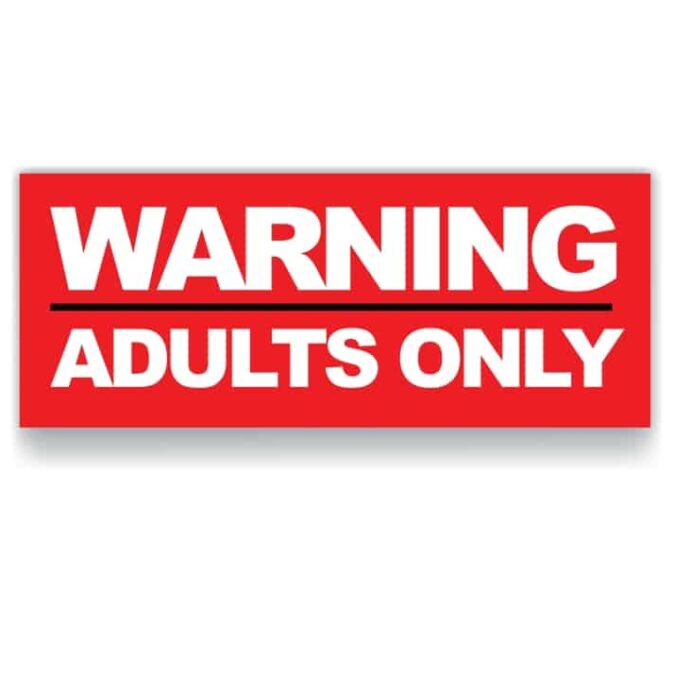
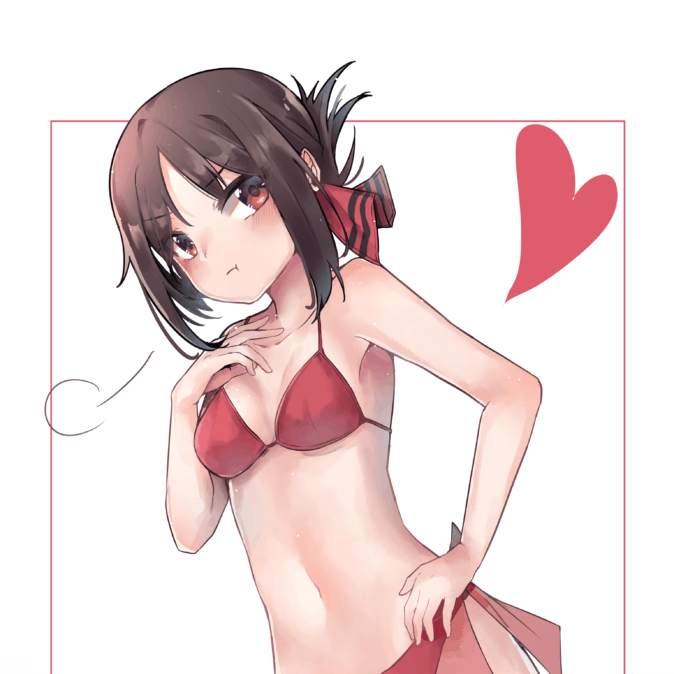
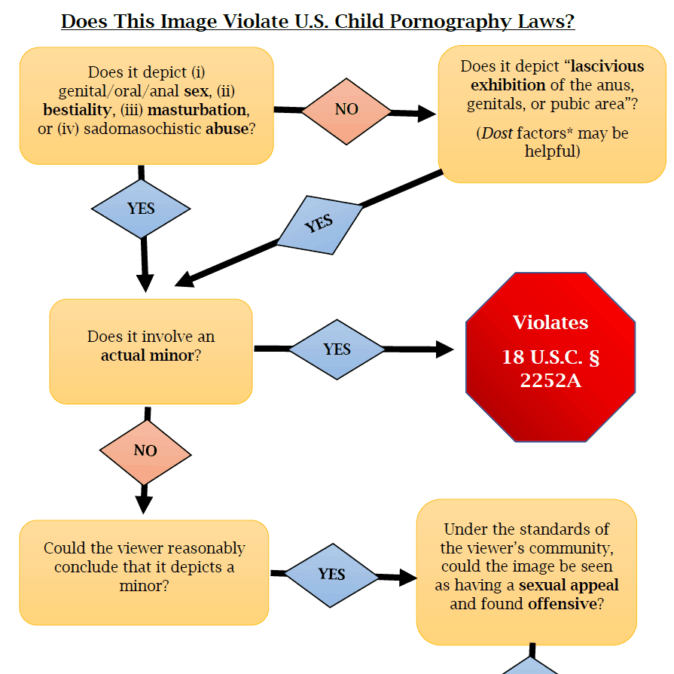
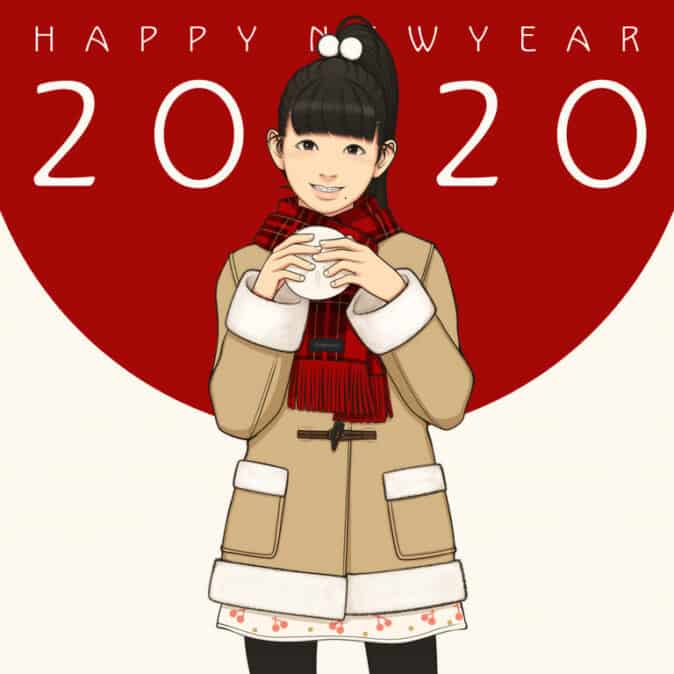
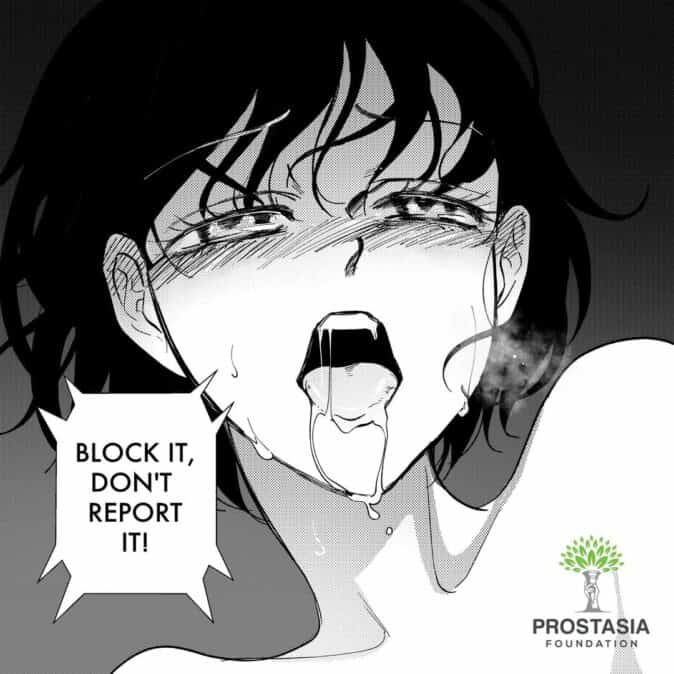
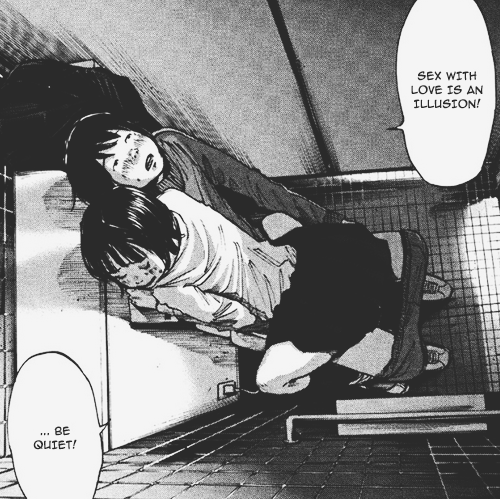
Was it not the Child Pornography Prevention Act of 1996 and not The Child Online Protection Act of 1998? or are these two the same things? CPPA from what I read was just a blanket ban on loli far worse than protect act
They are different. Yes, the CPPA was the law that was declared unconstitutional in the Ashcroft v Free Speech Coalition case. A representative of the Free Speech Coalition is on Prostasia Foundation’s Advisory Council.
The Child Online Protection Act is a different beast and the most important remnant of it is CDA 230, which is the law that protects user-generated content online, and that both FOSTA/SESTA and the EARN IT Act chip away at.